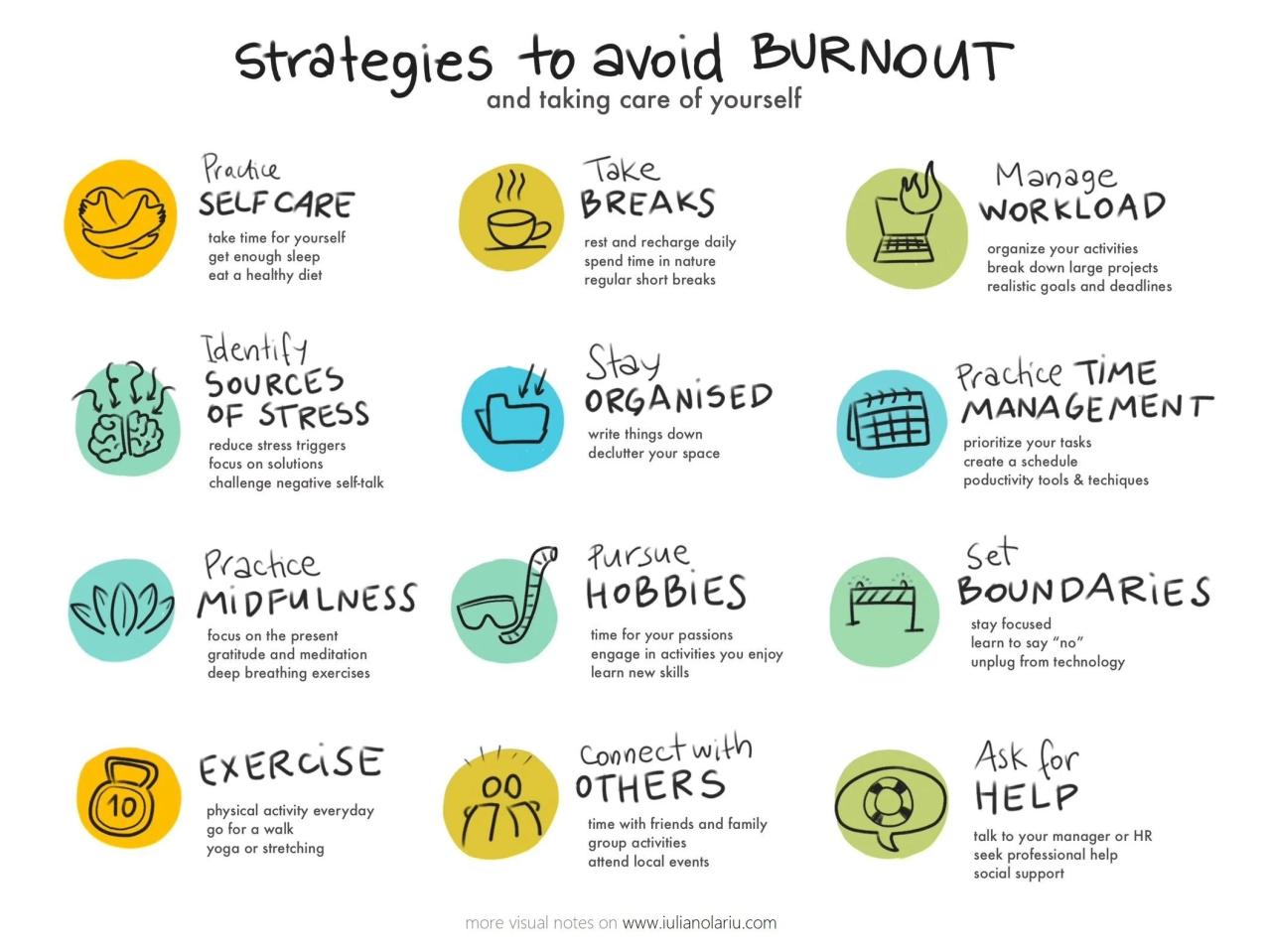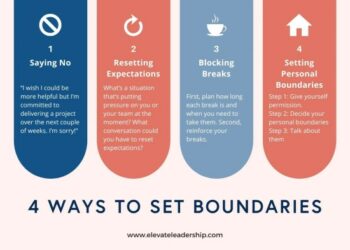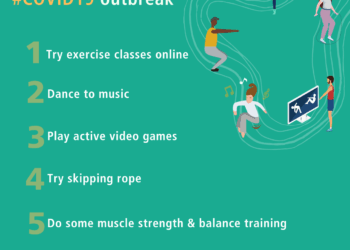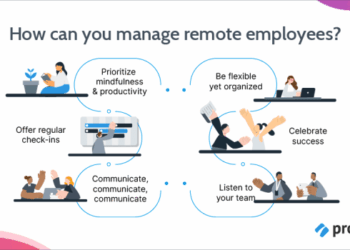In the realm of remote work burnout, this piece beckons readers with a wealth of knowledge, promising an absorbing and original exploration.
The following paragraphs delve into the intricacies of this crucial topic, shedding light on its various dimensions.
Definition of Remote Work Burnout
Remote work burnout refers to a state of physical, mental, and emotional exhaustion caused by prolonged work from home or remote work arrangements. This phenomenon can have a significant impact on individuals, leading to decreased productivity, increased stress levels, and overall dissatisfaction with work.
Signs and Symptoms of Remote Work Burnout
- Feelings of exhaustion and fatigue even after a full night's sleep.
- Decreased motivation and interest in work tasks.
- Difficulty concentrating and making decisions.
- Increased irritability and mood swings.
- Physical symptoms such as headaches, muscle tension, and insomnia.
Factors Contributing to Remote Work Burnout
- Lack of boundaries between work and personal life, leading to overworking.
- Isolation and loneliness due to limited social interactions with colleagues.
- Increased screen time and sedentary behavior from working in front of a computer for extended periods.
- Pressure to always be available and responsive, blurring the lines between work hours and personal time.
- Unclear expectations and goals from employers, causing stress and anxiety about performance.
Prevention Strategies

Remote work burnout can be prevented by implementing effective strategies that prioritize well-being and work-life balance. Setting boundaries between work and personal life, taking regular breaks, and disconnecting from work are crucial practices to maintain mental health and productivity.
Setting Boundaries
Setting clear boundaries between work and personal life is essential to prevent remote work burnout. Establishing a designated workspace, defining specific work hours, and communicating availability to colleagues can help create a separation between professional responsibilities and personal time.
Taking Regular Breaks
Taking regular breaks throughout the workday is vital for mental rejuvenation and avoiding burnout. Implementing the Pomodoro technique, scheduling short breaks between tasks, and engaging in physical activity can enhance focus, productivity, and overall well-being.
Disconnecting from Work
It is important to disconnect from work during non-working hours to recharge and maintain a healthy work-life balance. Avoiding checking emails or work-related messages outside of designated hours, engaging in hobbies, spending time with loved ones, and practicing mindfulness can help reduce stress and prevent burnout.
Wellness Strategies
Maintaining wellness is crucial for remote workers to prevent burnout and ensure overall well-being. Implementing wellness strategies can promote mental and physical health while working remotely, leading to increased productivity and job satisfaction
Exercise and Movement
Incorporating regular exercise and movement into your daily routine can have numerous benefits for remote workers. Physical activity helps reduce stress, improve mood, boost energy levels, and enhance focus and concentration. Whether it's a quick workout, stretching breaks, or a walk outside, staying active can make a significant difference in your overall well-being.
Social Connections and Combatting Isolation
Maintaining social connections is essential for remote workers to combat feelings of isolation and loneliness. Schedule virtual coffee breaks or lunch meetings with colleagues, join online communities or networking groups, or participate in virtual team-building activities. Connecting with others can provide support, camaraderie, and a sense of belonging, helping to alleviate feelings of isolation while working remotely.
Time Management Techniques
Effective time management is crucial in preventing burnout and improving productivity in a remote work setting. By prioritizing tasks, setting realistic goals, and creating a structured daily routine, individuals can enhance their work-life balance and overall well-being.
Importance of Prioritizing Tasks
- Begin each day by listing your tasks in order of importance.
- Focus on completing high-priority tasks first to avoid feeling overwhelmed.
- Use tools like task management apps or calendars to help organize your workload.
Setting Realistic Goals
- Break down larger projects into smaller, manageable tasks.
- Set specific, achievable goals with clear deadlines.
- Regularly review and adjust your goals based on progress and feedback.
Creating a Structured Daily Routine
- Establish a consistent schedule for work hours, breaks, and personal time.
- Include time for exercise, meals, and relaxation to avoid burnout.
- Avoid multitasking and focus on one task at a time to improve efficiency.
Last Point
In conclusion, this discussion encapsulates the essence of preventing burnout and fostering wellness in a remote work setting, leaving readers with valuable insights to ponder.
Question & Answer Hub
What are some common signs of remote work burnout?
Common signs include increased fatigue, decreased motivation, and feelings of detachment from work.
How can one effectively prevent remote work burnout?
Effective prevention methods include setting boundaries, taking breaks, and practicing self-care routines.
What are some wellness strategies for remote workers?
Wellness strategies include incorporating exercise, maintaining social connections, and prioritizing mental health.
How important is time management in combating remote work burnout?
Proper time management is crucial for productivity and preventing burnout by ensuring a healthy work-life balance.










